- Index
- blog
Lamp Posts vs Street Lights: Untangling the Urban Mystery
Ever wondered if lamp posts and street lights are the same? We illuminate the differences, covering outdoor lamp post lights and durable aluminum street light poles in our friendly guide.

Did you know that our world is illuminated by over 300 million public lights each night? This vast network creates a familiar, comforting glow across our cities and neighborhoods. We pass by them every evening, yet a simple question often arises. Are lamp posts and street lights actually the same thing? People use these terms interchangeably all the time. You might have done so yourself without a second thought. The truth is, while they are partners in the fight against nighttime darkness, they are not identical. Understanding the distinction is like knowing the difference between a car and its engine. One simply could not function without the other, but they play very different roles. This friendly guide will shed some light on this common confusion. We will explore the unique jobs of the outdoor lamp post light and the modern aluminum street light pole. Let’s take a closer look at the silent guardians of our evening strolls and late-night drives.
The Heart of the Matter: Simple Definitions
Let’s break it down in the simplest terms. Think of a street light as the source of illumination itself. It is the fixture, the lantern, the part that actually produces the light. This component houses the bulbs or the modern LED modules. Its primary purpose is to brighten the area below it. The design of a street light focuses on spreading light effectively across a road or pathway. It must be weatherproof and efficient.
Now, consider the lamp post. Its role is entirely different. The lamp post is the structural supporter. It is the tall pole that holds the street light high in the air. Without a sturdy lamp post, the street light would be useless on the ground. The lamp post provides the necessary height for the light to cast its beam over a wide area. It is the backbone of the entire operation. So, when you see a complete unit lighting up a corner, you are looking at a lamp post and a street light working together in perfect harmony. They are a team, but they are not the same player.
A Journey Through Light and Time
The history of outdoor lighting beautifully shows how these two elements evolved. In the beginning, the line between post and light was very blurry. The earliest street lights were simple lanterns burning oil or gas. They were mounted on wooden or cast iron posts. These structures were often ornate and beautiful. The post and the lantern were seen as a single, decorative object.
The big shift came with electricity. The invention of the electric light bulb changed everything. Street lighting became a matter of public utility and efficiency. The lighting fixture, now electrified, became a more specialized piece of equipment. It was designed for function over form. This is when the “cobra head” style of street light became famous. These distinct lights were then attached to simpler, mass-produced poles. This era truly separated the identity of the street light from its lamp post. Today, we are in another exciting phase. LED technology and smart cities are reshaping our urban landscapes. Modern street lights are now digital, efficient, and controllable. Meanwhile, the contemporary aluminum street light pole is often designed to be sleek, multifunctional, and incredibly durable.
The Unsung Hero: The Modern Lamp Post
The lamp post deserves more credit than it usually receives. It stands firm through storms, scorching sun, and freezing winters. Its job is to provide unwavering support for years, often decades. The choice of material is therefore critical. One of the most common and effective materials used today is aluminum. The popularity of the aluminum street light pole is no accident. This material offers a fantastic blend of strength and light weight. It does not rust, which is a huge advantage for something permanently outdoors. This resistance to corrosion means a long life with very little maintenance. Cities appreciate this because it saves time and money. Furthermore, aluminum is sustainable and can be recycled repeatedly without losing its quality. Its flexibility also allows for attractive, modern designs that fit well in any community.
Other materials like steel, concrete, and composite materials are also used. Each has its own purpose. A heavy-duty steel pole might be chosen for a major highway. A decorative iron post might be selected for a historic town square. The choice always depends on the need. The humble outdoor lamp post light unit is a product of careful planning and engineering.
The Brilliant Performer: The Street Light Luminaire
If the lamp post is the strong, silent type, the street light is the bright and brilliant performer. This is where the actual magic of illumination happens. The technology inside street lights has advanced dramatically. We have moved from the warm, but inefficient, glow of incandescent bulbs to the sharp intensity of sodium vapor. Now, the world is embracing LED technology. LEDs are a game-changer. They use a fraction of the energy of older lights. They also last for many years, which greatly reduces replacement costs.
The design of a street light is all about controlling light. Engineers work hard to ensure the light is directed precisely where it is needed. The goal is to light up the street and sidewalk without beaming unnecessary light into bedroom windows or the night sky. This is known as “light pollution.” Many new street lights are designed to be “dark sky” friendly. They have shields and special lenses that focus the light downward. The housing of the light must be completely sealed against moisture and insects. It has to survive harsh weather conditions year after year. The evolution of the street light is a story of striving for better efficiency, better light quality, and smarter control.
How They Work Together in Perfect Harmony
The relationship between a lamp post and a street light is a perfect partnership. The height and design of the lamp post are calculated based on the light output of the street light. A very powerful light needs a taller pole to spread its illumination over a wider area, like a main road. A smaller, softer light for a residential sidewalk can be placed on a shorter post. The length of the pole’s arm, or bracket, determines how far the light extends over the roadway. This placement is a precise science.
This partnership also has a strong aesthetic dimension. A well-designed outdoor lamp post light unit considers both function and beauty. A sleek, simple aluminum street light pole looks perfect with a minimalist LED fixture in a new urban park. A traditional, ornate black pole would look out of place there. Conversely, that traditional pole paired with a classic lantern-style light is ideal for a historic district. The best lighting design is the one you do not really notice. It simply makes a space feel safe, inviting, and comfortable. It seamlessly blends into the environment.
A Clear Conclusion
So, we can now confidently answer the question. Lamp posts and street lights are not the same. They are two essential parts of a whole system. The lamp post is the strong, reliable support structure. The street light is the intelligent, efficient source of illumination. One holds the light, and the other is the light. From the robust aluminum street light pole to the high-tech LED luminaire it carries, each component has a specific and vital role. The next time you are out for an evening walk, you can glance up at these familiar features with a new understanding. You will see the quiet teamwork between the pole and the light, a partnership that safely guides us all through the night.
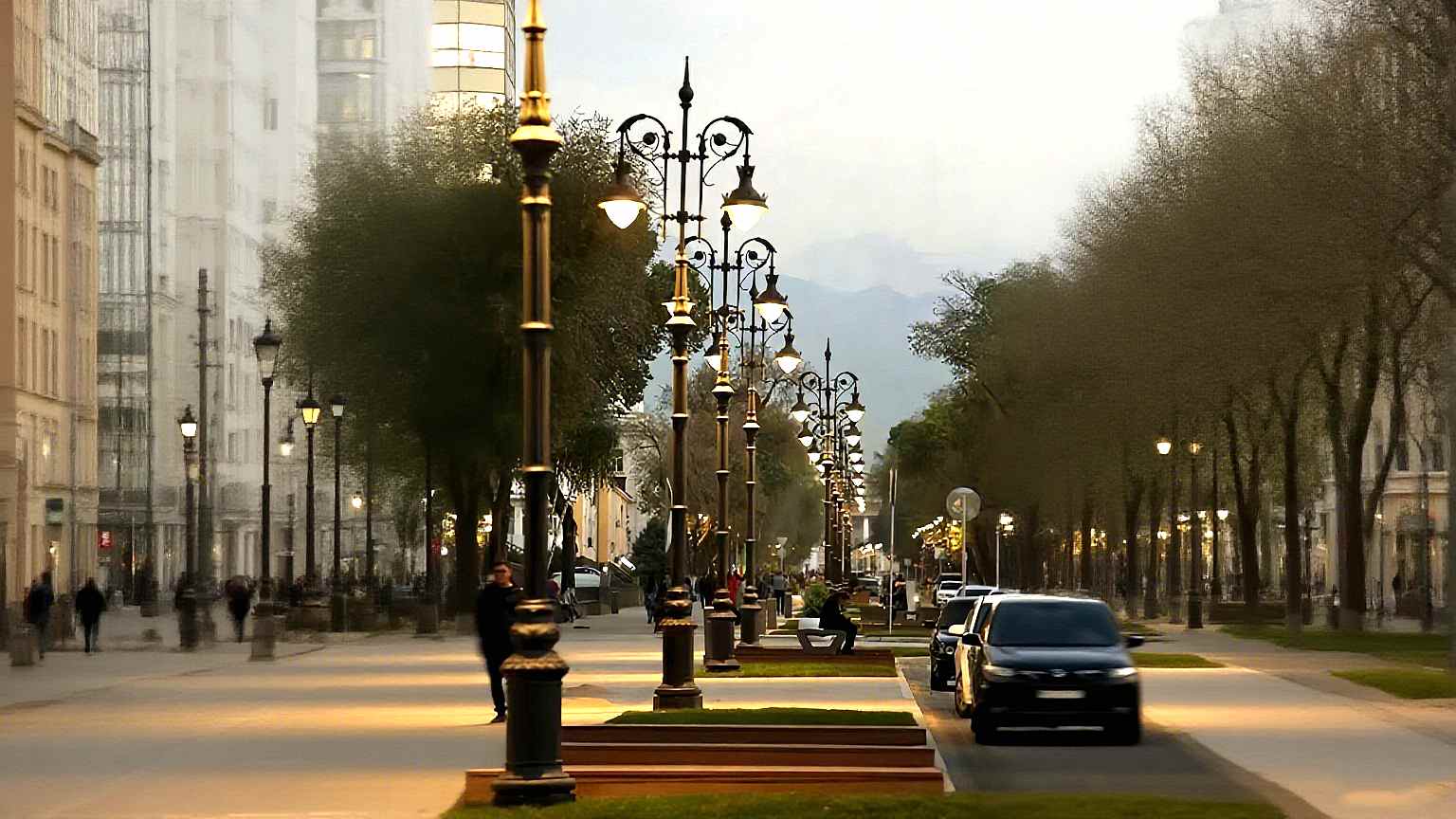

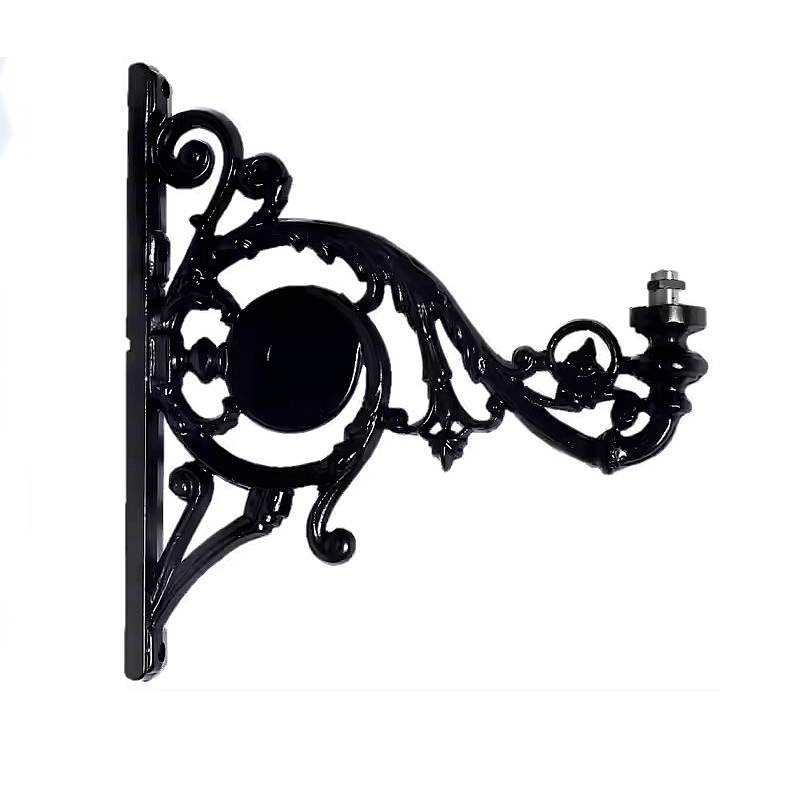
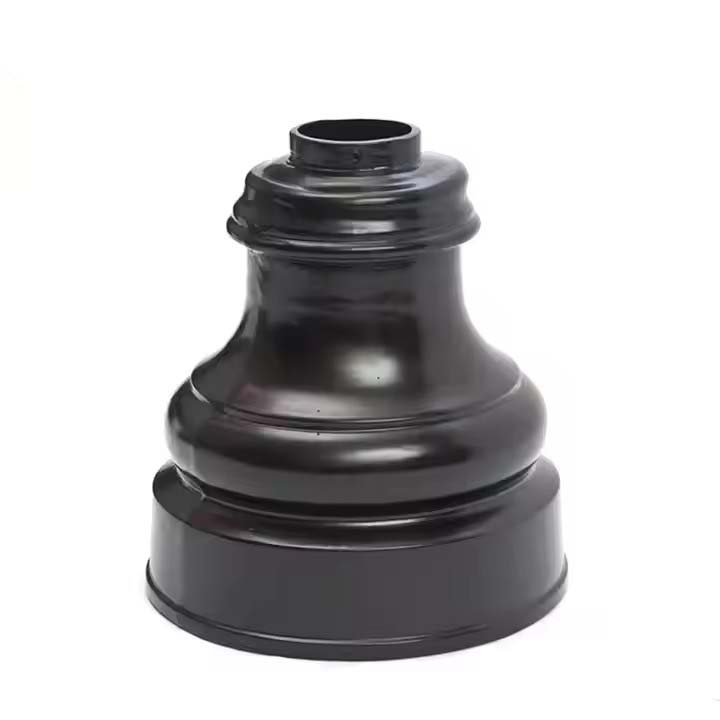
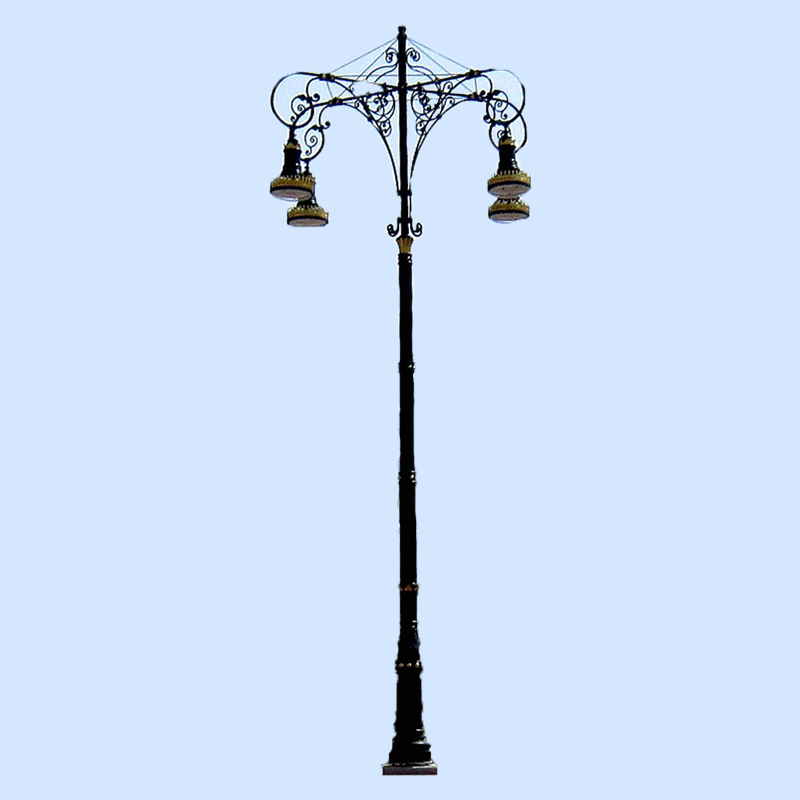
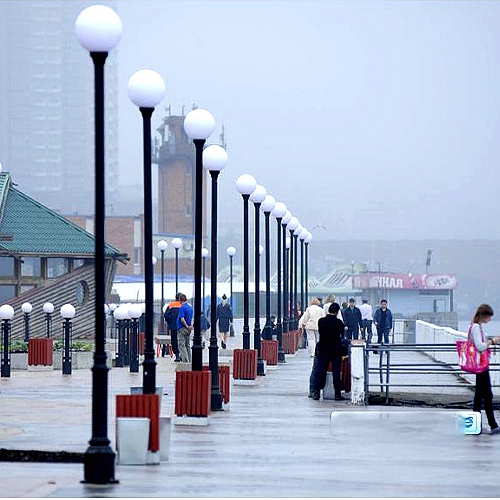
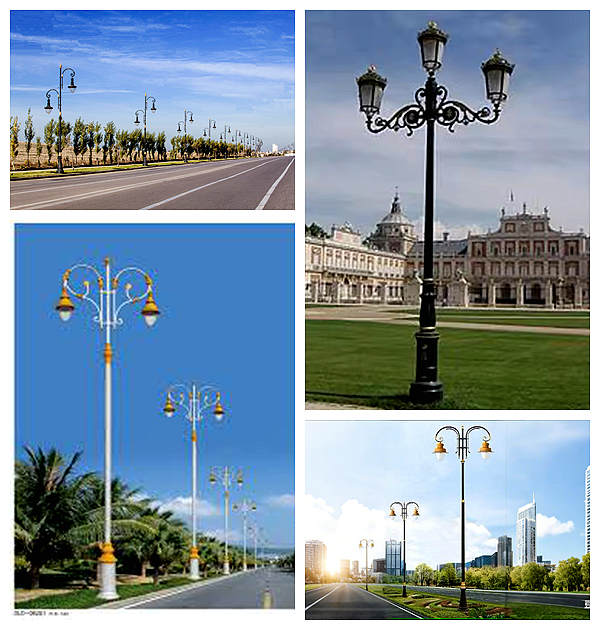


Leave A Message